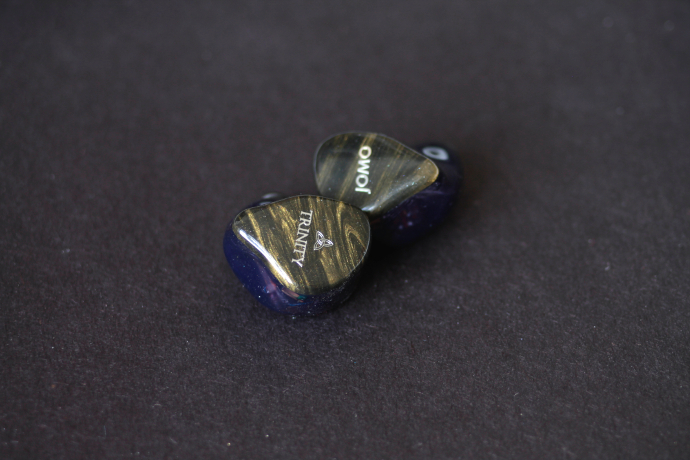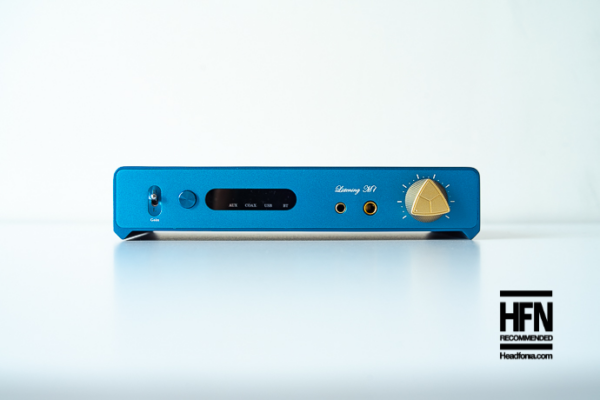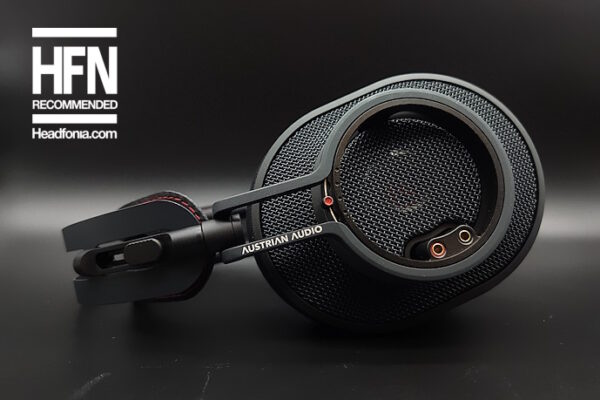In this review we take a close-up look the new Trinity by Jomo Audio. The world’s first triple hybrid design. Will it convince us? Let’s find out!
Disclaimer: Jomo Audio supplied the Trinity free of charge. I only had to pay to import the product to Austria. Headfonia is not affiliated with Jomo Audio and they are not a site advertiser. Many thanks for the opportunity and generosity.
About Jomo Audio:
Jomo Audio has been launched in 2015, the year of the Golden Jubilee of Singapore (independence from Malaysia). Jomo is led by their main man Joseph Mou. Joseph has extensive experience in the broadcasting field before he started producing his own custom in ear monitors.
Jomo’s goal is to offer their customers exquisite designs and exceptional sound combined in one product. Shortly after their introduction Jomo has become one of the most popular creators of In Ear Monitors in the South East Asian region.
Around our places of the earth, Jomo is already well known for their great products and designs. Lieven has reviewed a good number of their monitors over the last years and has also awarded the Samba as Best CIEM of 2016. Given Lieven’s intense addiction to Custom IEMs that means a lot.
Personally, I have looked into the Quatre and PLB from their line-up. Now it’s time we check out their latest tri-brid design – the Trinity. The review guest of honour is the black brass version.
About Trinity:
Trinity is Jomo’s latest flagship and very first tri-level hybrid design. It uses an eight millimetre dynamic driver for lows, a quad BA setup for mids and dual electrostatic drivers for highs. The e-stat highs are powered by a single Voltage transformer.
According to Jomo’s spec-sheet the Trinity has an impedance of 30 Ohms, measured at 1kHz. The rated frequency response goes from 20Hz all the way up to 80kHz (theoretical). There are no values for sensitivity, but in my experience it is quite a bit less sensitive than other monitors. I have to set my Lotoo PAW Gold Touch to high gain and volume level 45-50. Which is considerably higher than my usual setting.
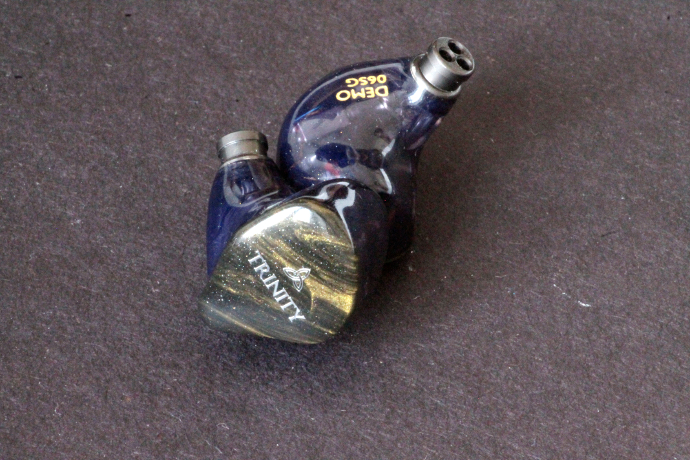
Jomo Audio Trinity
The Trinity uses a four-way passive Cross-Sync Uniphase Crossover. Jomo has synchronized both time and frequency domains here, to realize a smoother integration of the different driver technologies.
Jomo released Trinity in two different flavours at first. There’s the Trinity SS (Stainless Steel), and the Trinity BS (Brass). There aren’t many differences between them. The main divergence would be the nozzle, which is either Stainless Steel or Brass. They also differ in optical design. Internals are said to be identical, although there seems to be different sound tunings as well.
At CanJam London earlier this July, Jomo has introduced the third variation of Trinity. The Trinity Brass Black. It is built on the Brass version, but features a black nozzle and a new look. Each Trinity comes with a high purity silver plated copper internal wiring.
Trinity comes in universal form only and can be acquired for 3,800 SGD (~2,800 USD at the time of writing) directly from Jomo or one of their retailers. Unlike all other Jomo C/IEMs Trinity does not come with an Ares II cable by Effect Audio. It comes bundled with a plain silver plated copper cable, which looks like a personalized Plastics One to me. Personally, I think it’s disappointing to not see a higher quality cable in the package.
Build Quality, Comfort and Isolation:
I have always been a fan of Jomo’s custom IEM designs. There aren’t many brands in the market that I would consider making artisan CIEMs, but Jomo is one of them. I’m lucky enough to also own one of their custom IEMs and back then I granted Joseph a free hand in designing mine. The outcome was very nice.
Jomo’s universal IEMs are built of Acrylic. Personally, I prefer metal/aluminium universals, but then they couldn’t make the artistic beauties as they wanted. With metal shells you’re always limited, while with Acrylic your options are almost endless. The Trinity Brass Black has a dark blue shell and a black face plate with golden stripes. Although they can appear as brownish when the light is not the best. On the face plates you can see a silver Jomo logo on the right and the Trinity logo on left. The design of these IEMs is pretty nice and you don’t see something like that very often.
On a build quality perspective I think they are very good. No sharp corners, no spilled lacquer or glue anywhere. Although that has to be expected and met for a price of almost 2,800 USD. The nozzle looks sturdy and well implemented to me, which gives me the impression of not getting separated from the body without high forces.
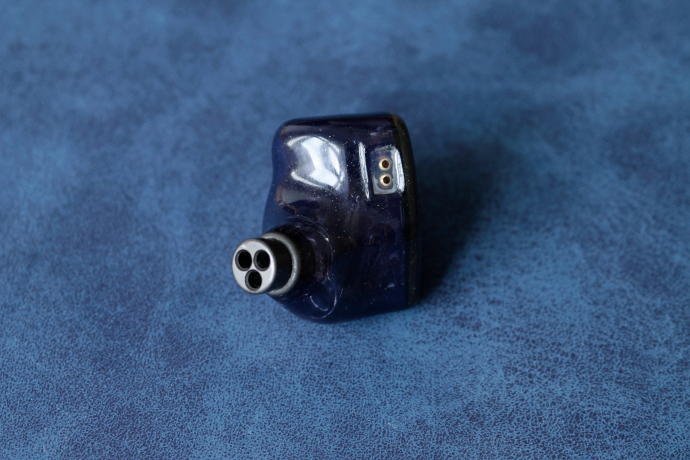
Jomo Audio Trinity
Comfort wise Trinity is a well achiever. It’s small and light enough to not put any pressure or discomfort on my ears. They insert rather deep if you push them enough. Isolation is a point where Trinity falls short compared to other models. I was a bit surprised to get this level of leaking in noises.
One thing that also raised my attention is the missing pressure relief hole in the body. Normally with dynamic driver IEMs, you have a small hole in the shell to relieve built up pressure. Trinity lacks that and I’m not sure why. Especially since Jomo has released their own Air Control System with their hybrid CIEMs, where you can fine-tune the dynamic’s response by swapping modules. It would have been nice to see that implemented in Trinity as well. I suppose Jomo had different plans.
The review continues on the next page!





